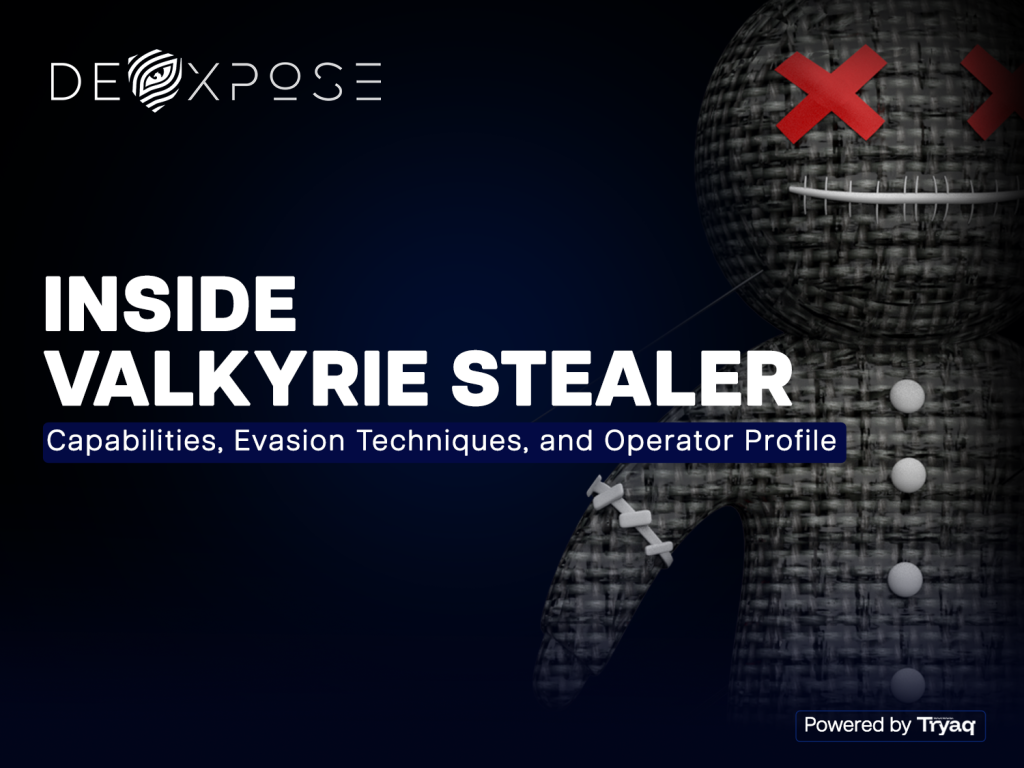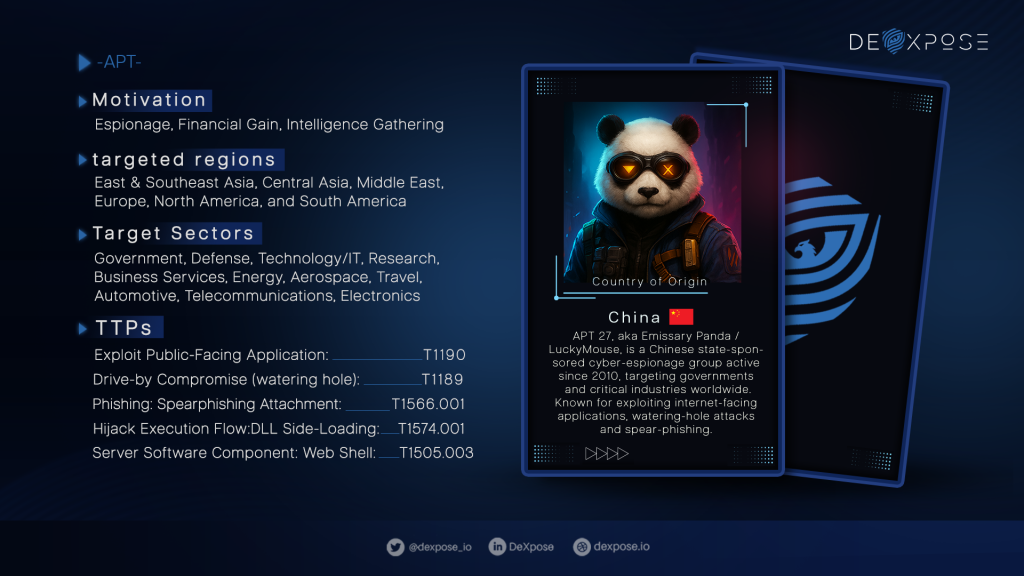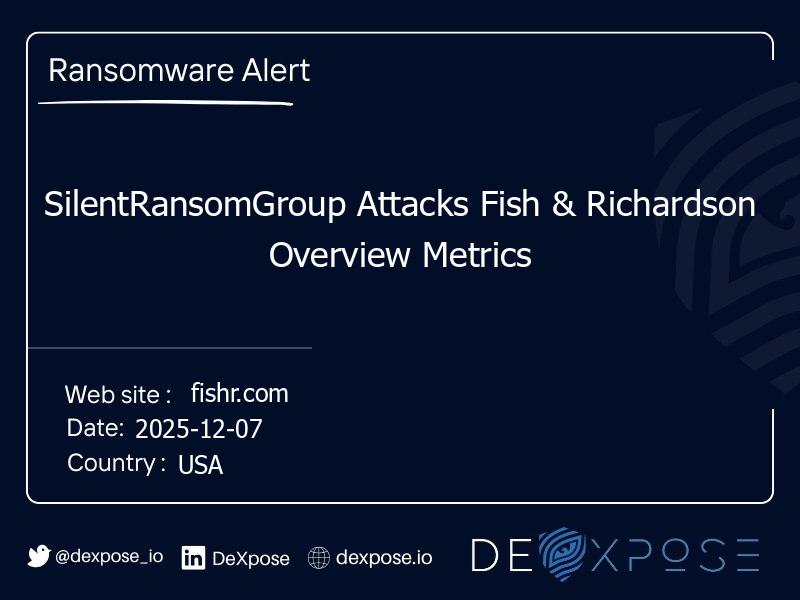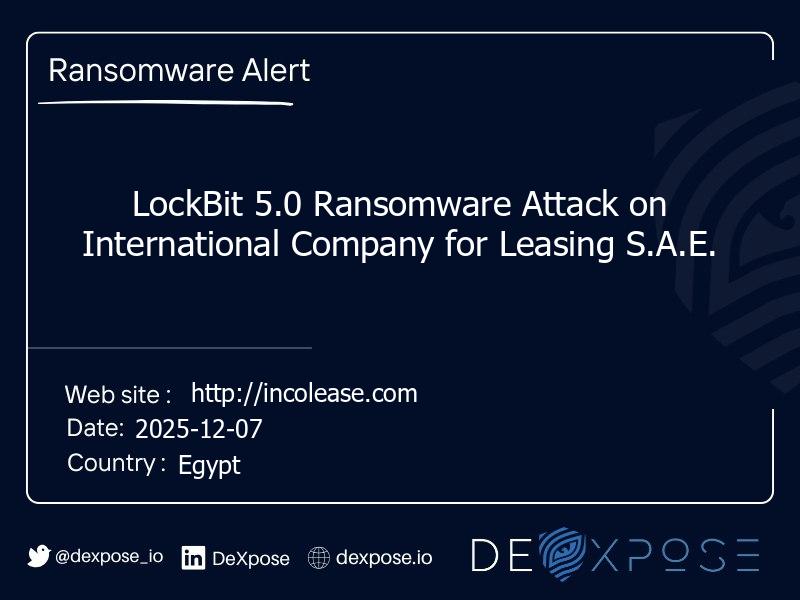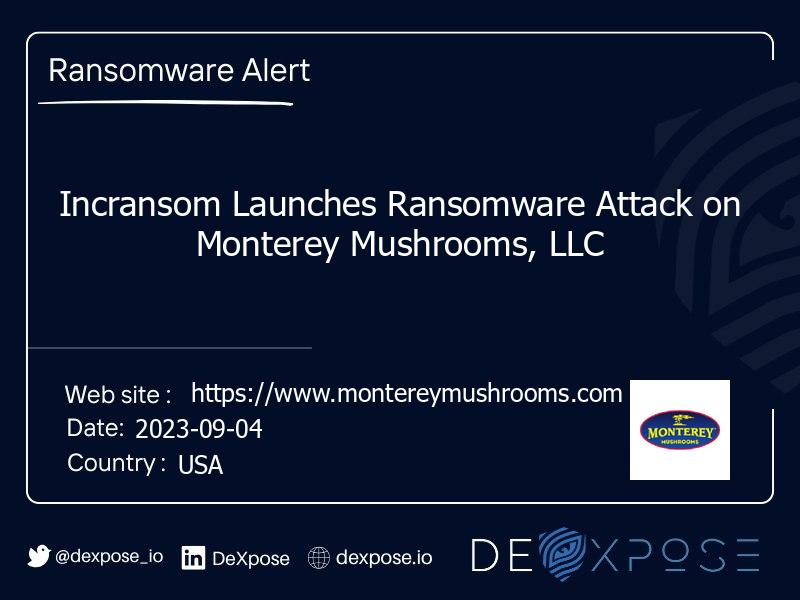In an era where data is usually more valuable than physical assets, Data protection services, including Credential Leak Detection, are no longer optional they are mission-critical. From targeted ransomware attacks to silent data exfiltration on the dark web, modern threats move fast and often without warning. This post explains how robust, modern data protection safeguards, including real-time credential leak monitoring, prevent cyber threats from escalating into crises, and outlines concrete steps organizations can take to protect sensitive information, maintain compliance, and preserve customer trust.
Why modern businesses must treat data protection as strategic
Digital transformation, cloud adoption, and small work have widened the attack surface for organizations of all sizes. When sensitive credentials, customer records, or intellectual property are exposed, the fallout is immediate: regulatory fines, reputational damage, and costly remediation. A defensive posture built around reactive fixes isn’t enough. Organizations need a strategic program of prevention, detection, and rapid response — the sort of protection delivered by specialized data protection services.
Key business drivers:
- Regulatory requirements (data privacy and cross-border controls)
- Client expectations for confidentiality and uptime
- Financial and reputational consequences of breaches
- Third-party and supply chain risk that extends your exposure
Core components of adequate data protection
A comprehensive protective program blends people, processes, and technology. Below are the components that separate effective solutions from checkbox security:
Continuous monitoring & breach detection
Effective programs provide 24/7 monitoring across your environment cloud, on-premises, and third-party integrations with real-time alerts when suspicious activity or exposures occur. Rapid breach detection reduces dwell time and limits data loss.
Dark web intelligence and proactive discovery
A large portion of post-breach monetization happens on the dark web. Darkweb reports and intelligence services provide early warnings of compromised credentials, leaked databases, or chatter indicating imminent targeted attacks. Integrations may include:
- Dark web scanning for your domain and company assets
- targeted dark web email scan to detect leaked user accounts
- optional free dark web scanning checks as an awareness tool for new engagements
Attack surface mapping and remediation
Understanding where sensitive data lives and how attackers might reach it is foundational. Attack surface mapping inventories internet-facing assets, misconfigurations, exposed APIs, and stale services. This data is prioritized so teams can remediate what matters most.
Data discovery, classification, and protection
You can’t secure what you can’t find. Mapping structured and unstructured data identifying where personal data, financial records, and IP are stored enables appropriate protection: encryption, tokenization, and access controls.
Endpoint and cloud data protection
Modern defenses extend to endpoints, SaaS applications, and cloud storage. Controls include robust data loss prevention (DLP) policies, privileged access management, and contextual access controls, which collectively reduce the likelihood of unauthorized data access.
Incident response and post-breach support
Breach containment, root-cause analysis, legal guidance, and customer notification are all part of an effective response. Contracts that include incident response support reduce time to recovery and limit regulatory fallout.
How dark web monitoring protects your organization
Dark web monitoring is a practical way to catch exposure early before attackers weaponize stolen data. Providers that offer dark web monitoring for business pull together intelligence across marketplaces, forums, and private channels, looking for data tied back to your organization. When a match is found, security teams receive prioritized alerts with context and recommended next steps.
Common signals monitored:
- Leaked databases containing customer or employee data
- Compromised credentials associated with corporate email domains
- Mentions of proprietary tools or methods that indicate a planned attack
A practical tip: combine dark web intelligence with internal telemetry (VPN logs, authentication anomalies) to quickly determine whether an exposure is actionable or already being exploited.
Designing a program that actually stops threats
A reactive checklist won’t stop today’s attackers. Instead, design a layered program that reduces exposure, increases detection speed, and enables decisive response.

Step 1 Map and prioritize sensitive assets
Begin with a comprehensive inventory of customer PII, payment systems, API keys, source code, and third-party data flows. Classify by sensitivity and regulatory impact, then apply protections in priority order.
Step 2 Harden external-facing services
Attack surface mapping identifies exposed services and misconfigurations. Common fixes include:
- Patch management and vulnerability scanning
- Removing or securing stale services and test environments
- Enforcing multi-factor authentication and least privilege
Step 3 Continuous discovery and dark web checks
Schedule frequent automated scans and supplement with periodic manual investigations. Use free dark web scanning tools to baseline risk, then move to paid, continuous monitoring for comprehensive coverage.
Step 4 Protect data in motion and at rest
Apply encryption, DLP, and robust access controls across cloud storage, databases, and backups to ensure data security and compliance. Use immutable or air-gapped backups for ransomware resilience.
Step 5 Streamline detection and response
Integrate SIEM/SOAR platforms with alerting from dark web intelligence, endpoint telemetry, and cloud logs. Define runbooks for common incidents and automate containment where safe.
Practical controls that reduce risk
Implementing every control at once is unrealistic for many organizations. Here are pragmatic, high-impact actions that reduce exposure fast:
- Enforce multi-factor authentication across all admin and user accounts.
- Rotate and revoke stale or shared credentials and secrets.
- Implement cloud storage access controls and remove public buckets.
- Use DLP policies to stop sensitive data exfiltration from endpoints and email.
Bullet summary of immediate priorities:
- Inventory sensitive data and external assets.
- Enable 24/7 monitoring and dark web checks.
- Harden authentication and access controls.
- Implement immutable backups and testing.
Choosing the right data protection service provider
Selecting a provider is both a technical and strategic decision. Look for vendors that combine visibility, speed, and practical remediation.
What to evaluate technically
- Breadth of coverage (SaaS, cloud, endpoints, third-party)
- Integration capability with your SIEM, SOC, and ticketing systems
- Quality of telemetry and contextualized alerting (not just noise)
What to evaluate operationally
- 24/7 response capability and SLAs for critical alerts
- Ability to deliver actionable remediation guidance or co-managed services
- Transparent reporting for compliance and executive stakeholders
Trust signals and credentials
- Independent security certifications and compliance alignment (e.g., ISO 27001, SOC 2)
- Documented incident response playbooks and transparent breach history disclosure
- Strong references and case studies relevant to your industry
Integrating with MSPs and partners
Managed service providers often need to augment their services with specialized capabilities. Partnering with a data protection provider gives MSPs access to advanced tools, including an email breach checker, real-time threat intelligence, and incident response expertise, enabling them to offer differentiated, higher-value services to clients.
Benefits for MSPs:
- Faster detection and centralized alert handling
- Co-branded or delegated remediation services
- Scalable monitoring for multiple clients and tenant isolation
If you’re an MSP, ask potential partners about onboarding timelines, co-managed dashboards, white-label reporting, and reseller-friendly pricing models.
Compliance, privacy, and the legal landscape
Data protection isn’t just about technology — it’s also a regulatory obligation in many jurisdictions. Strong programs enable organizations to demonstrate due diligence and support compliance with frameworks such as GDPR, CCPA, and regional regulations.
Core compliance support features:
- Tamper-evident logs and audit trails
- Data retention and deletion workflows are aligned with legal obligations.
- Support for subject access requests and breach notification processes
Legal preparedness such as pre-negotiated forensic and legal support with providers — can significantly reduce the time and cost associated with regulatory responses after an incident.
Measuring success: KPIs that matter
Effective protection programs treat metrics as a governance tool. Focus on outcomes rather than activity.
Primary KPIs:
- Mean time to detect (MTTD) and mean time to respond (MTTR)
- Number of incidents averted or contained before data exfiltration
- Percentage of critical assets covered by monitoring and protective controls
- Reduction in exposure surface over time (e.g., fewer public-facing vulnerabilities)
Qualitative win criteria include improved board-level confidence, faster sales cycles for security-conscious customers, and fewer regulatory headaches.
Case example: turning intelligence into action
Imagine a mid-sized financial services firm suddenly shows anomalous outbound traffic from a backup server. Concurrent dark web intelligence from Dexpose flags a dataset from a related vendor for sale. Because continuous monitoring linked these signals, the security team quarantined the backup, rotated credentials, and notified affected clients within hours — avoiding a regulatory breach notification and limiting reputational harm.
This example highlights two principles:
- Correlate signals across internal telemetry and external intelligence.
- Have playbooks and decision-making authority in place so containment can happen quickly.
Addressing common objections and constraints
Budget limitations
Start with prioritized protections for the most sensitive assets. Many vendors offer modular services, allowing you to scale coverage as risk and budget permit.
Resource constraints
Consider co-managed or fully managed services these allow lean internal teams to leverage third-party expertise without hiring large security headcounts.
Fear of false positives
Choose providers that provide contextual alerts with actionable remediation steps and an option for human validation in high-sensitivity situations.
Advanced capabilities that future-proof protection
As attackers evolve, so should defenses. Look for features that indicate a mature provider and forward-looking capabilities:
- Behavioral analytics and user/entity behavior analytics (UEBA) to spot insider threats.
- Automation and orchestration for containment at scale (SOAR playbooks).
- Threat hunting services and red-teaming exercises to validate controls.
- Supply chain visibility and vendor risk scoring to reduce third-party exposure.
How to implement a pilot that proves value
A staged pilot reduces risk and builds internal confidence.
Pilot blueprint:
- Define scope: 1–3 high-value asset classes (e.g., customer DBs, admin credentials).
- Baseline: Run a free trial or free dark web scanning assessment to identify potential exposures.
- Integrate: connect telemetry sources (logs, cloud audit trails) and configure prioritized alerts.
- Measure: track MTTD/MTTR and the number of exposures discovered and remediated.
- Expand: iterate and move toward broader coverage once ROI is validated.
This approach reduces disruption and demonstrates business value quickly.
The human factor: training and culture
Technology alone won’t stop threats. Investing in security awareness, phishing simulation, and role-based access training reduces the probability that credentials and sensitive data will be compromised. Pair technical management with regular training to make protection resilient.

Practical schedules:
- Quarterly phishing simulations with targeted coaching
- Role-specific briefings for dev, ops, and business teams
- Clear policies for acceptable data use and incident reporting
Standard tools and integrations to expect
A modern protection stack often includes (but is not limited to):
- Cloud-native detection tools (CSPM, CWPP)
- Endpoint detection and response (EDR)
- Data loss prevention (DLP) and encryption services
- Threat intelligence feeds, including specialized dark web scanning and a scoped dark web email scan.
- SIEM and SOAR integration for automated workflows
When evaluating vendors, confirm that their solutions are compatible with your existing IT and security tooling.
Building trust with transparency and reporting
Stakeholders demand clear evidence that security investments are working. Look for providers who:
- Offer executive-level summaries and operational dashboards.
- Provide timely incident summaries and post-incident root cause analyses.
- Supply compliance-ready artifacts for auditors and regulators
Transparency builds credibility and reduces friction with internal and external stakeholders.
Conclusion
Stopping cyber threats requires more than just tools it requires a comprehensive program that continuously identifies exposure, contextualizes risk, and enables decisive action. By combining attack surface mapping, continuous monitoring, dark web intelligence, and rapid incident reaction, modern Data protection services deliver the visibility and speed necessary to prevent minor incidents from becoming catastrophic breaches. Focus on prioritized implementation, measured outcomes, and trusted partnerships to keep your organization resilient in the face of evolving threats.
Frequently Asked Questions
Q1: How quickly can data protection services detect a breach?
Detection times vary by provider and telemetry coverage; however, best-in-class programs can detect anomalies within minutes, significantly reducing the mean time to detection compared to manual monitoring.
Q2: Are dark web scans safe and legal to run?
Yes reputable providers perform passive, legal intelligence gathering and scanning without interacting with criminal marketplaces, delivering actionable results to clients without exposure risk.
Q3: Will a data protection service stop ransomware entirely?
No service can guarantee total prevention, but layered protections immutable backups, endpoint controls, and rapid containment drastically reduce impact and recovery time.
Q4: Can small businesses afford enterprise-grade protection?
Many vendors offer scalable, modular services and managed options that enable small businesses to access high-quality protection without the need for a complete internal security team.
Q5: What immediate step should we take today?
Start with a prioritized inventory of sensitive assets and enable multi-factor authentication for all administrative and remote access accounts to reduce immediate risk drastically.

